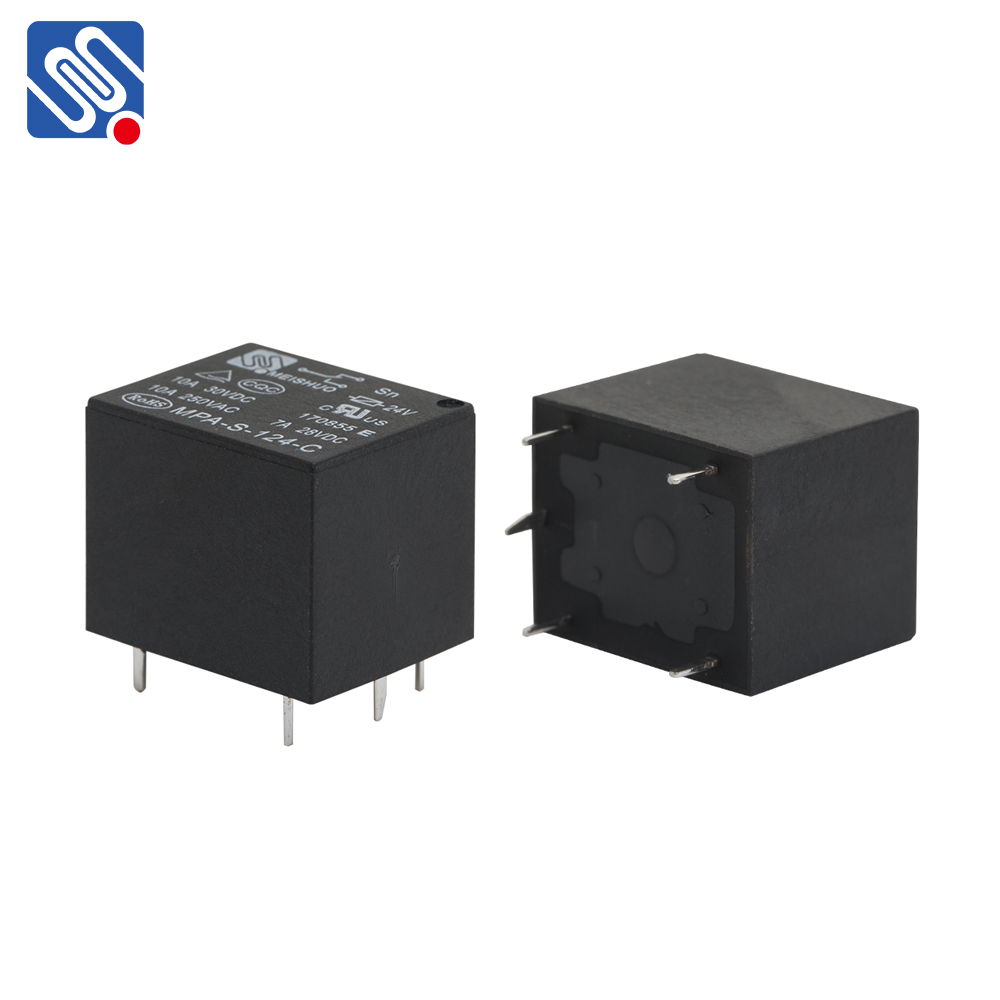A 12 Volt relay is an electromechanical switch used to control electrical circuits by using a low-power signal to activate or deactivate a higher-power circuit. This component is widely used in various electrical systems, particularly in automotive, industrial, and home automation applications. Despite its small size, the 12V relay plays a crucial role in enabling a safe, efficient, and controlled transfer of electrical power across different circuits. This article will explore the functionality, applications, and benefits of the 12V relay, shedding light on why it remains an essential component in modern electronics.

Functionality of a 12 Volt Relay At its core, a 12 volt relay consists of an electromagnet (coil), a set of contacts, and a spring mechanism. The relay operates based on a simple principle: when a voltage is applied to the coil, it creates a magnetic field that pulls a set of contacts together or pushes them apart, allowing or interrupting the flow of current in the circuit. The application of the voltage is typically controlled by a low-power signal, such as from a microcontroller or a sensor, and in turn, the relay switches the high-power load on or off. There are two main types of contacts in most relays: Normally Open (NO) and Normally Closed (NC). The Normally Open (NO) contacts are open when the relay is not energized, meaning no current can pass through. When the relay coil is energized, the NO contacts close, allowing current to flow. On the other hand, Normally Closed (NC) contacts are closed when the relay is not energized, and they open when the relay is activated. The versatility of these contact types allows relays to be used in a wide range of control applications, providing flexibility in their design and implementation.